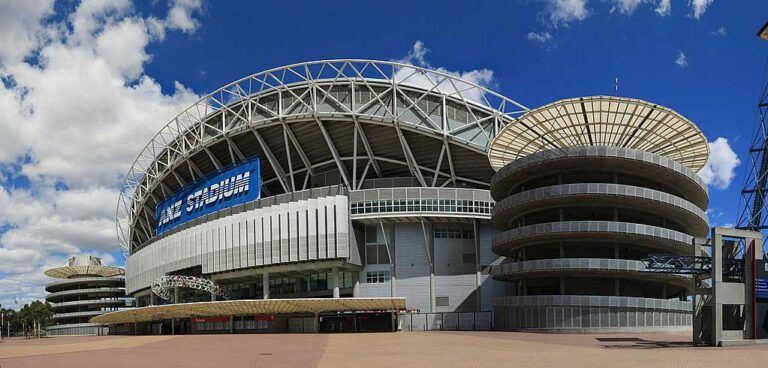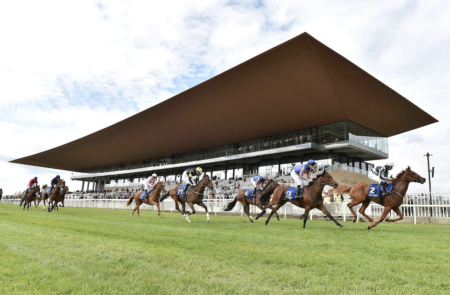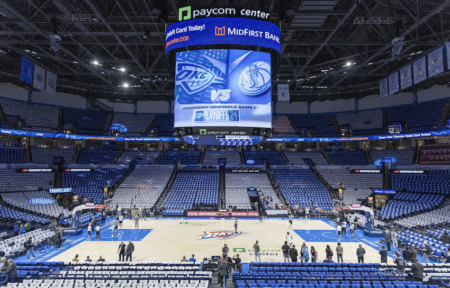As part of an initiative to improve air quality at sports stadia around the world, the International Association of Athletics Federations (IAAF) has installed an air quality monitor at Sydney’s Olympic Park Athletics Centre.
It is the first device of its kind in the southern hemisphere and is able to collect real-time air quality data, measuring levels of several pollutants including PM2.5 (particles), PM10, O₃ and NO₂, which research shows are the four main elements that have an impact on the performance of athletes.
The air quality monitor is the third device to be installed at stadia around the globe (Monaco and Addis Ababa were installed in 2018) by the IAAF as part of a program to measure and highlight levels of air pollution and prompt action to tackle the issue.
“We are very supportive of the IAAF’s decision to make the Sydney Olympic Park Athletics Centre the third stadium around the world to receive an air quality monitor,” said Mark Arbib, president of Athletics Australia.
“Air quality is something we mostly take for granted in Australia, but air pollution has a direct impact on the health of our population and as we have seen globally, the consequences can be dire if pollution reaches high levels over prolonged periods.”
The five-year program has the ultimate goal of developing an air quality monitoring network of 1,000 IAAF-certified tracks around the world and will help the UN Environment and WHO on gathering data and raising awareness and educate on air quality.
“With over half the world’s population living in urban areas in 2015 and rising to a predicted 60% by 2030, according to the World Health Organisation (WHO) – that is double the 30% of the world’s population who lived in urban areas back in 1950 – it is vital that we ensure we are not swapping one set of serious health risks for another. In the same way as the quality of water we drink is vital, it is high time that we are all equally demanding about the quality of air we breathe,” said IAAF president Sebastian Coe.
“We are installing air quality monitors in six athletics stadiums in different parts of the world – in Monaco [installed in September], Addis Ababa [November], Sydney today and Mexico City, South America and Japan being installed over the next two months. We will run this pilot for the best part of a year to understand more about the data we can collect and, in that time, we hope to conduct one or two controlled studies on athlete performance and how their performances correlate to the quality of air they are breathing.
“The sport of athletics is run through member associations based in 214 countries. We are bigger than the United Nations. We want to use our know-how, our voice and our athletes to bring this issue to the forefront of both policymakers and the public. We need to act now. We need more awareness based on solid facts, we need more education on the impact of poor air quality on our communities and our children and we need more voices to demand better policies around pollutants,” said Coe.
Image credit: WikiCommons-Adam-JWC





